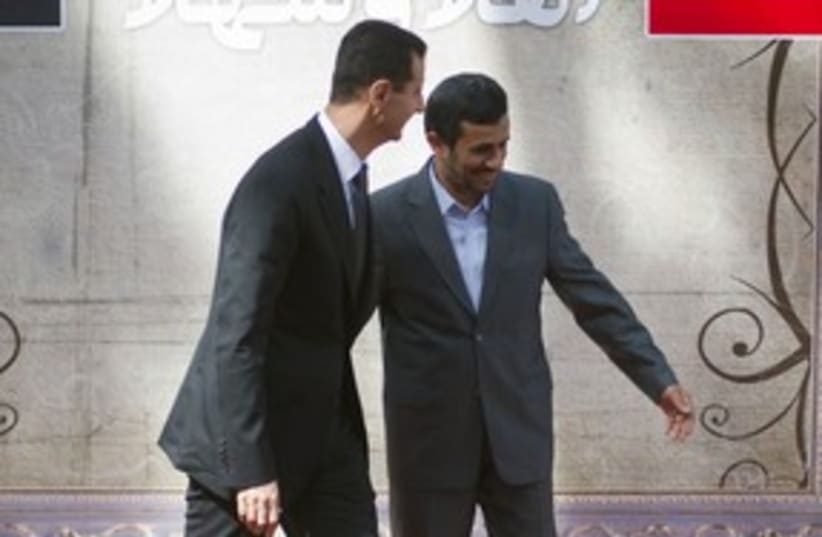Reuters contributed to this report.
Israeli officials link Tehran to Assad’s massacres
“The Iranian regime is in a very concrete manner lending its support to the Syrian government’s murder of the Syrian people."

Reuters contributed to this report.